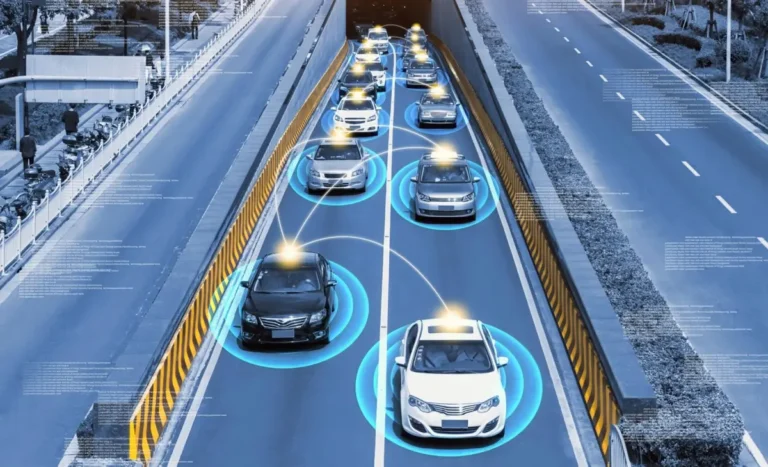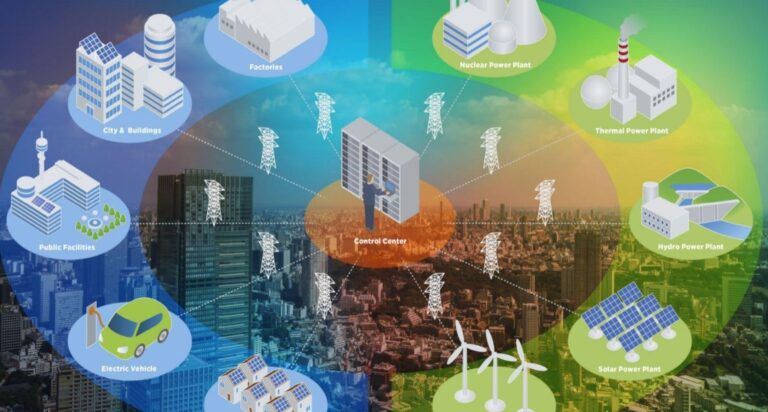Choosing a data center solution isn’t as simple as it used to be. Today’s data center industry features many different types of facilities, and the terminology surrounding them can sometimes be contradictory or confusing.
As long as data centers continue to be important to business performance and success, however, companies need to take the time to ensure they’re making choices that best suit their needs. Take, for instance, the differences between enterprise data centers and edge data centers.
While these facilities share some basic characteristics (servers, power distribution, cooling infrastructure, etc.), they also serve very different purposes.
What Is an Enterprise Data Center?
An enterprise data center is a private facility operated for the sole use of supporting a single organization. They can be located either on-premises or off-premises at a site chosen for connectivity, power, and security purposes.
Like many industry terms, the word “enterprise” gets thrown around quite a lot and is attached to several different concepts. Although sometimes (and often incorrectly) used interchangeably with hyperscale data centers, an enterprise facility is defined more by its purpose and ownership than by its size and capacity.
Tech giants like Google and Facebook make extensive use of enterprise data centers. However, their massive hyperscale data centers are not the most common form of private facility.
Advantages
These are some of the advantages of Enterprise Data Centers
Compatibility with Specific Software Applications
Enterprise data centers are well-suited for companies with unique network needs or those that do enough business to take advantage of economies of scale. They can be purpose-built for maximum compatibility with an organization’s enterprise applications and processes.
IT Visibility
Another benefit of having dedicated enterprise data center infrastructure is that it is easy for organizations to ensure that their data centers have extensive monitoring tools installed. This gives the organization strong IT visibility to track things like bandwidth and power usage, which apps are seeing the most use, and so on.
This makes it easier to estimate future data center needs so the organization can scale appropriately. It’s important to note that this benefit isn’t exclusive to on-prem data centers owned by the organization.
Some outsourced data centers may also offer intelligent monitoring to ensure high IT visibility.
Potential Disadvantages
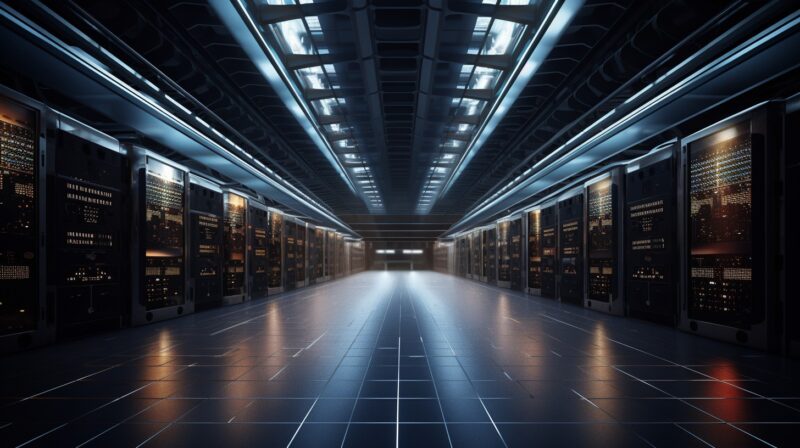
But there are some disadvantages as well when it comes to using data centers.
Cost of Ownership
Building and equipping data center facilities (even ones that aren’t hyperscale) requires significant capital investments and ongoing expenditures of time, labor, and materials to maintain. This can put a heavy financial burden on a company—especially if it is a smaller organization that doesn’t have a large budget for IT infrastructure spending.
Potentially Obsolete Technology
Many enterprise data centers represent legacy infrastructure, facilities that were often built during the first wave of internet growth before the era of cloud computing and extensive colocation solutions. And, because of the aforementioned expense of keeping privately-owned data centers up to date, companies are often unable to equip them with the technology needed to remain competitive with newer facilities.
Communication Delays
The further a user or IoT device is from a data center, the greater the potential for latency or lag in communications. Additionally, with a single, centrally-located data center, there is a risk that peak loads may cause delays for all users.
A centralized data center strategy may put organizations at increased risk for total failure if traffic exceeds the data center’s total capacity.
What Are Edge Data Centers?
Unlike enterprise data centers, edge data centers are frequently characterized by their size. While these facilities do tend to be smaller, the key distinction of an edge data center is its location and connectivity.
Typically positioned in growing markets or on the outskirts of existing networks, edge data centers allow companies to deliver content and services to local users with minimal latency. Built for versatility and speed, edge data centers tend to be operated by colocation providers.
For companies trying to penetrate a local market or improve regional network performance, these facilities are incredibly valuable. Edge data centers play an important role in the edge computing architecture that makes the Internet of Things (IoT) possible.
With more IoT edge devices hitting the market every year, edge data centers provide additional processing capacity to improve their performance. While much of the data gathered by IoT edge devices will be processed locally, some of it will need to be relayed back to a data center.
Edge facilities ensure that this data will reach its destination quickly. Edge data centers are also useful for caching high-demand content for local end users, making it possible for companies to deliver uninterrupted services to keep pace with consumer demand.
Advantages
Here are a few benefits associated with Edge Data Centers:
Traffic/Load Distribution
Using multiple smaller edge data centers as part of a multi-data center strategy can help distribute heavy traffic loads from a large, geographically diverse user base. Instead of one data center running at near peak capacity, multiple smaller data centers can spread the load more efficiently.
Minimized Latency/Lag
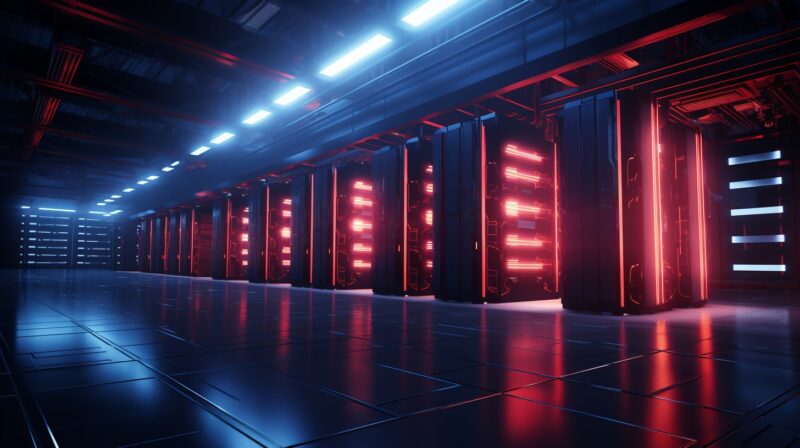
A side benefit of putting data centers on the “edge” where users live or work is that it helps to minimize the delay between a request from the user and the response from the server (also known as latency or lag). This makes for a more positive user experience that improves satisfaction for both internal and external users.
It’s especially useful for IoT device users who might be constantly pulling on edge data centers without ever realizing it.
Increased Reliability
By distributing traffic loads so that each individual data center is not pushed past its maximum capacity, edge data centers can (if properly set up), increase an organization’s network reliability. Also, if an edge data center does fail, traffic can often be redistributed to other data centers in the network as part of a multi-data center strategy—eliminating a potential single point of failure.
Reduced and More Predictable Costs (with Colocation Services)
When outsourced to a colocation service provider, edge data center infrastructure is often less costly to acquire and maintain than a large, central enterprise data center. This makes for lower, more predictable monthly costs that eliminate the capital expenditures associated with building and upgrading internally-owned data centers.
Potential Disadvantages
However, there are also drawbacks involved in utilizing edge data centers.
Reduced IT Visibility
One of the potential issues with using an outsourced edge data center service is that the service provider doesn’t always present their customers with high visibility. Instead of having detailed information about peak server loads, power consumption, and other vital data center performance metrics, the organization is left in the dark—unless their resource consumption exceeds what they’ve provisioned.
In that case, they may get billed for the overages.
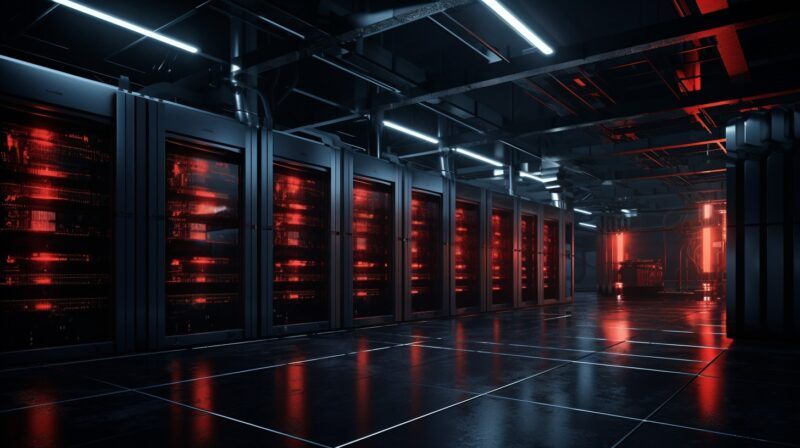
Compatibility Issues with Legacy Systems
Another potential disadvantage of using outsourced edge computing data centers is that they aren’t always compatible with legacy systems. Edge data centers operated by third parties are usually kept to the most current operating systems and architectures possible—which may make them less optimized for the sometimes decades-old enterprise applications some businesses may still be relying on.
This may mean either accepting a less-than-ideal resources-used-to-output ratio (assuming the legacy system works at all), or having to update legacy systems and the business workflows that rely on them.
A Lack of Control over the Production Environment
Some third-party data center vendors may not provide organizations with the level of control they need to customize the production environment to mesh well with their applications, processes, and industry requirements. This can make for suboptimal IT deployment, as issues cause security vulnerabilities or system bugs and crashes that impede operations.
This is part of the reason why choosing the right edge data center provider is important.
Which One Is Right for Your Business?
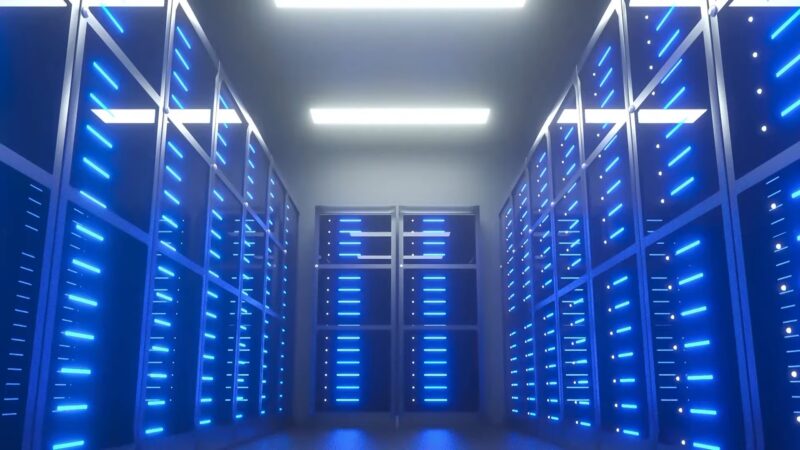
Deciding whether a company should use an enterprise data center or an edge data center depends upon a number of factors. They typically serve very different purposes. Enterprise data centers are ideal for companies that have strict security or compliance demands they can’t afford to entrust to a third-party provider. Given the high costs associated with building these facilities, an organization needs to be certain an enterprise data center will be a viable, long-term asset for their business needs.
Edge data centers, however, fill a much more specific role. For a company utilizing edge computing strategies or entering the Internet of Things (IoT) market, building an enterprise data center with a permanent footprint and operational cost doesn’t make much sense. The whole point of edge computing architecture is to provide flexibility. Today’s edge could be the core of tomorrow’s network. For these companies, strategic colocation with an edge data center makes far more sense than investing in a new enterprise facility.
A multi-data center strategy that takes into account a broad array of organizational needs might also make sense for a company. As the contrast between enterprise data centers and edge data centers (not to mention hyperscale data centers) demonstrates, some facilities are ideally suited to very specific roles.
When a company makes a decision about its data center strategy, it should consider what problem it wants to solve and evaluate how well a given facility will help it meet those needs. In some cases, that could be the security of an enterprise data center or the versatility of an edge data center.
FAQ
What is the primary difference between an enterprise data center and an edge data center?
An enterprise data center is a private facility dedicated to a single organization, while an edge data center is characterized by its location and connectivity, designed to deliver content and services to local users with minimal latency.
Are hyperscale data centers the same as enterprise data centers?
No, while both may be used by large tech companies, hyperscale data centers are characterized by their vast size and capacity, whereas enterprise data centers are defined more by their purpose and ownership.
Can a business use both enterprise and edge data centers?
Yes, a multi-data center strategy can be employed, where a company uses both types of data centers based on specific needs and roles.
Is it more cost-effective to use an edge data center?
Often, yes. Especially when outsourced to a colocation service provider, edge data centers can be less costly to acquire and maintain than a large, central enterprise data center.
Do edge data centers compromise on security?
Not necessarily. While there might be concerns about third-party management, many edge data center providers prioritize security. It’s crucial to choose the right provider based on your security needs.
Final Words:
Choosing between an enterprise data center and an edge data center is a pivotal decision for businesses today. While both have their unique advantages, the choice ultimately depends on the specific needs, budget, and long-term goals of the organization.
As the digital landscape continues to evolve, understanding these facilities’ nuances will be crucial for businesses aiming to stay ahead in the competitive market.
Related Posts:
- Why Your Enterprise Analytics Strategy Matters
- Centralized vs Decentralized Network: Which One Do You Need?
- Hot Site vs Cold Site: Which is the Best Backup Site?
- Which Industries Are Most At Risk For Cyber Attacks?
- Baby Carrier vs. Stroller ─ Which Is Better for Your…
- Edge Computing vs. Cloud Computing: What You Need to Know



